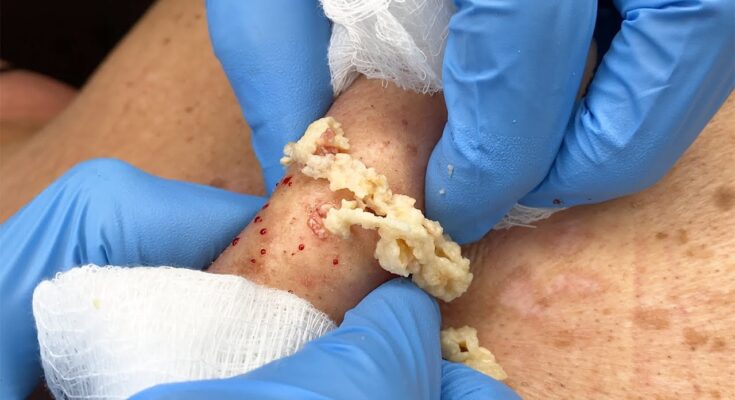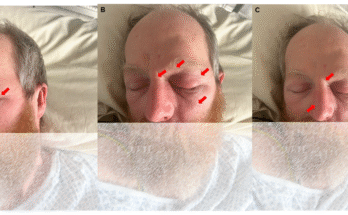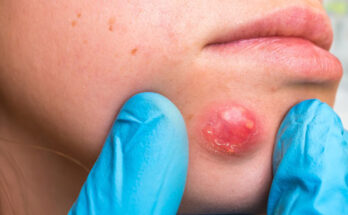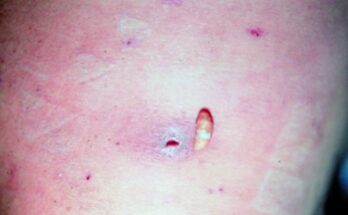Pus-filled bumps on the skin can be a sign of an infection, commonly caused by clogged pores, bacteria, and trapped oil. These bumps can appear anywhere on the body, but they are most common on the face, back, neck, and shoulders. When bacteria get trapped under the skin along with dead skin cells and sebum (skin oil), the body reacts by sending white blood cells to fight off the infection. This results in the formation of pus — a thick, yellow or white fluid.
There are different types of skin infections that can cause pus-filled lumps. Some of the most common include pimples, abscesses, infected blackheads, and sebaceous cysts. These can range from small and painless to large, red, swollen, and painful lumps. If not treated properly, the infection may spread or get worse.
The best way to manage these conditions is to keep the skin clean and avoid picking or squeezing the bumps, as this can cause more inflammation or scarring. In some cases, warm compresses can help draw out the pus naturally. However, when the lump becomes too painful, swollen, or does not heal, it’s important to seek help from a dermatologist. Doctors may drain the pus professionally or prescribe antibiotics if there is a serious infection.
Maintaining a good skincare routine, avoiding harsh products, and treating early signs of acne or cysts can help prevent pus-filled bumps in the future.



